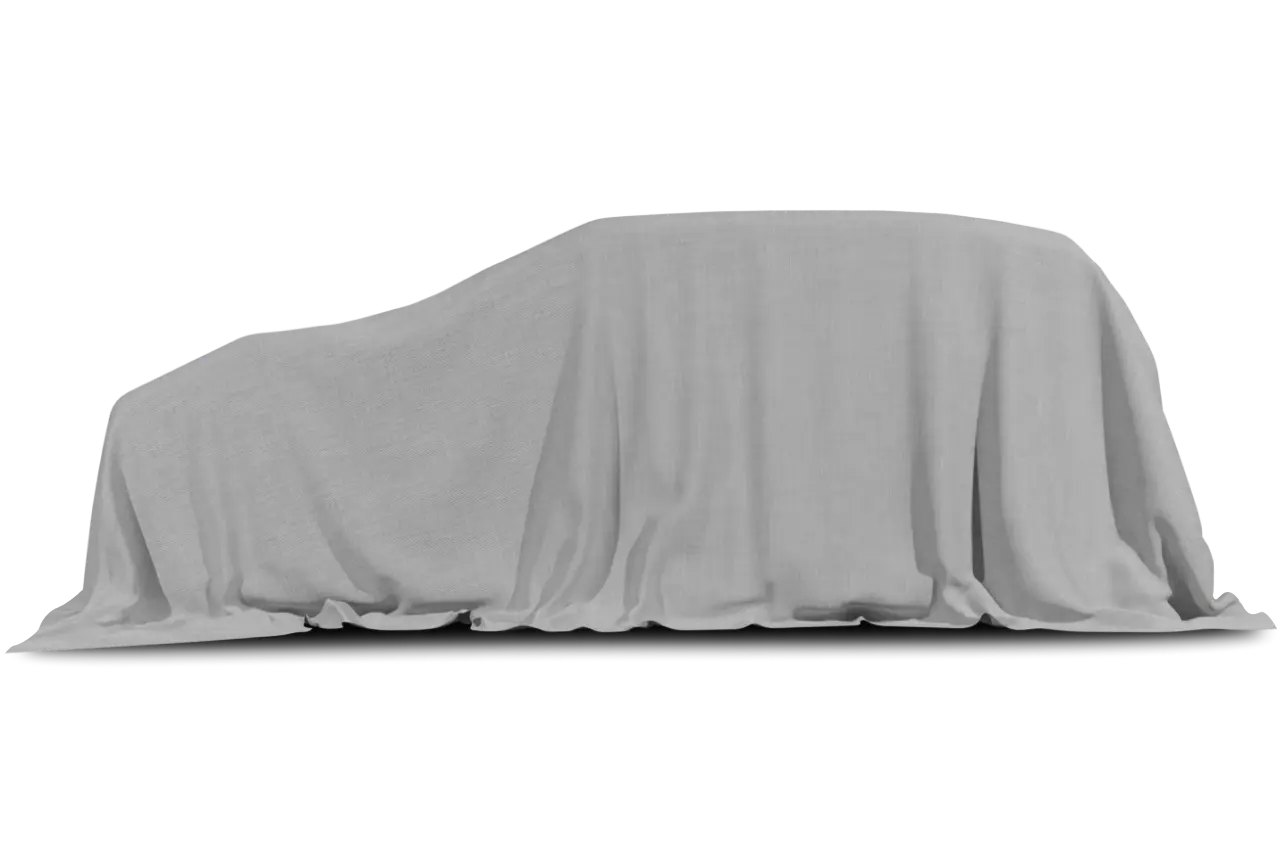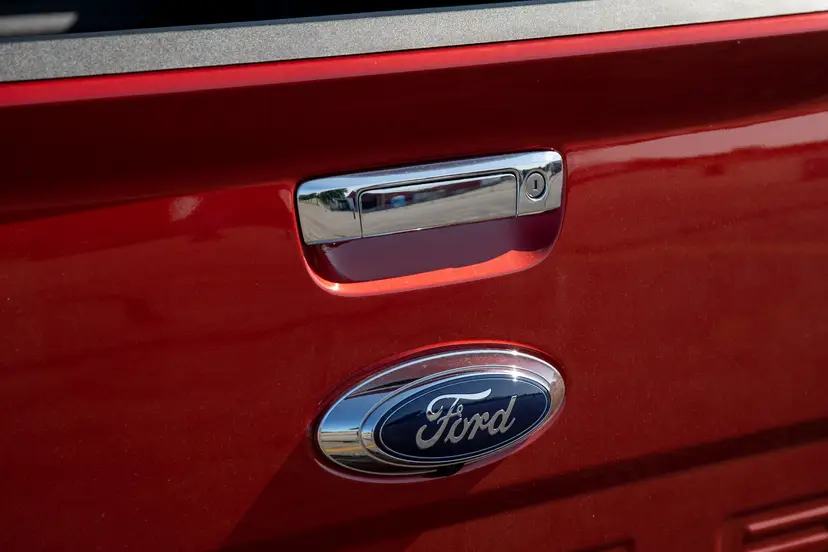
Tossed into the deep end of the pool, the 2006 Ford Fusion seems to be a pretty good swimmer.
As Ford’s indirect replacement for the Taurus, and as arguably the best-prepared American-branded car in years to go after the Toyota Camry and Honda Accord, the Fusion was sent into battle in what may be the most competent, contentious segment of the automotive market.
Not only do you have the twin towers of the Accord and Camry, you also have potent competition from the breakthrough Hyundai Sonata, an aging but discounted Nissan Altima, plus competent second-tier challengers such as the Mitsubishi Galant, Kia Optima, Dodge Stratus, Chevrolet Malibu, Volkswagen Jetta and Pontiac G6. If you just want reasonably priced transportation in a four-door sedan, any will do. And we can’t forget the Fusion’s sibling, the Mercury Milan, and we certainly can’t discount the vehicle that provided the basic platform for the Fusion, the Mazda6, a Ford corporate cousin.
So why buy the Fusion instead of one of the other midsize sedans? There’s not one compelling reason, but the Fusion’s package — styling, interior, ride, power, handling — is all above average. Part of this is because of the Mazda6 chassis, which is much-praised, and deservedly so. Part of the Fusion’s success also stems from a nice job of conception, execution and follow-through by Ford.
Let’s start with the outside. Although stunning from no angle, the car is handsome and reasonably distinctive from every angle. Ford says it’s inspired by its 427 concept car from a few years ago, but I don’t really see that. Still, especially in darker colors, this is a pretty car.
Inside, even in the base model, the Fusion looks more expensive than it is. Learning a lesson from the models that came before it — the Taurus, the Contour and even the Tempo — you have to pick the Fusion interior apart to find any real evidence of cost-cutting. Seats are comfortable; instruments and controls look upscale.
Rear-seat room is a little tight if you plan on hauling three adults back there regularly, but it’s no penalty box. Trunk space, at 15.8 cubic feet, is on the large side of average. The Fusion’s length of 190.2 inches, and width of 72.2 inches, is within an inch either way of both the Accord and Camry.
The standard engine is a 160-horsepower, 2.3-liter four-cylinder, and though I haven’t driven a Fusion with that engine, I have driven other models with it, and for its size, it’s a solid powerplant. The test Fusion, an SEL model, had an optional 3.0-liter Duratec V-6, with an eager 221 horsepower, mated to a six-speed automatic transmission. Other V-6s, such as those in the Camry and Accord may have more power, but the difference isn’t that noticeable. Mileage is EPA-rated at 21 mpg city, 29 mpg highway, and my overall average was right in the middle.
On the road, the Fusion is quiet, and the ride is supple. Steering is light and very well-balanced, almost to the point of feeling German. The Fusion SEL seemed very much at home when asked to drive hard through tight corners, aided substantially by comparatively aggressive P225/50R-17 radials.
The test car started at $21,710, and with shipping and options — including anti-lock brakes ($595, they really should be standard on this model), nice leather upholstery ($895), a “safety and security” package with an alarm and side air bags ($595), upgraded sound system ($420) and several smaller features — the bottom line was $25,650. For 2007, side air bags and the alarm will become standard, and all-wheel drive will be offered.
The base Fusion S starts at $17,795 with shipping, and it comes with only the four-cylinder engine, and at that price, a five-speed manual transmission. The midlevel SE offers the four-cylinder or the V-6, as does the SEL.
Is there a compelling reason to choose a Fusion over the competition? Not really. But just as telling, though: There’s no compelling reason not to buy one. With so many good vehicles in this class, you can afford to indulge your tastes, as dictated by your bank account.
Video versions of Sentinel Automotive Editor Steven Cole Smith’s road tests are available at OrlandoSentinel.com/cars.


































